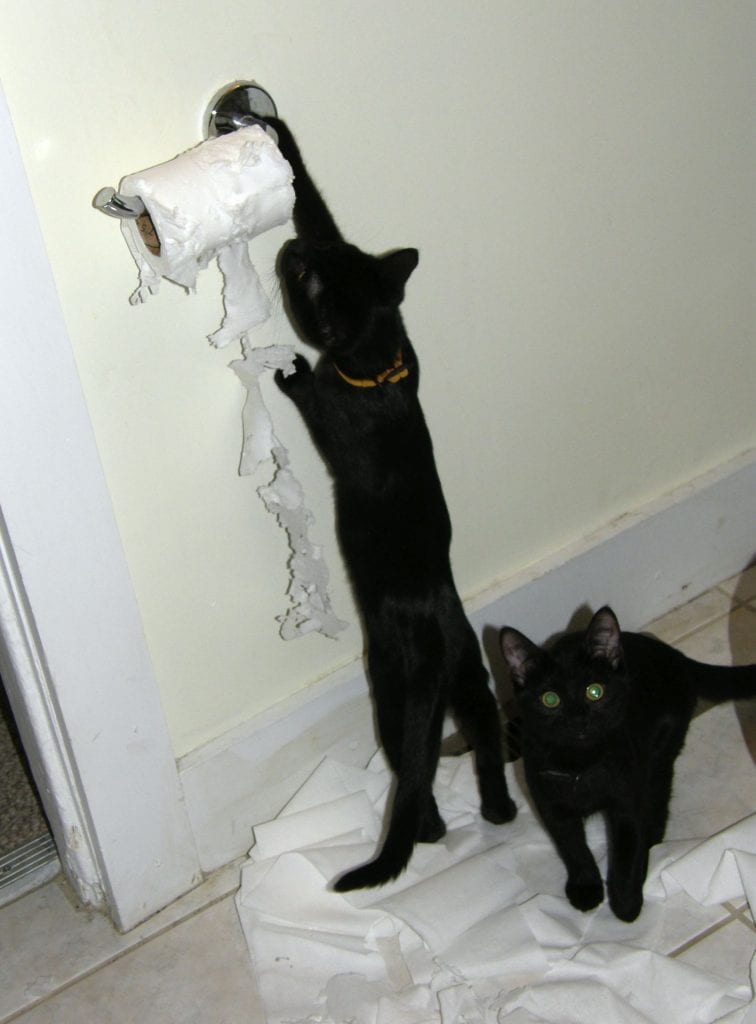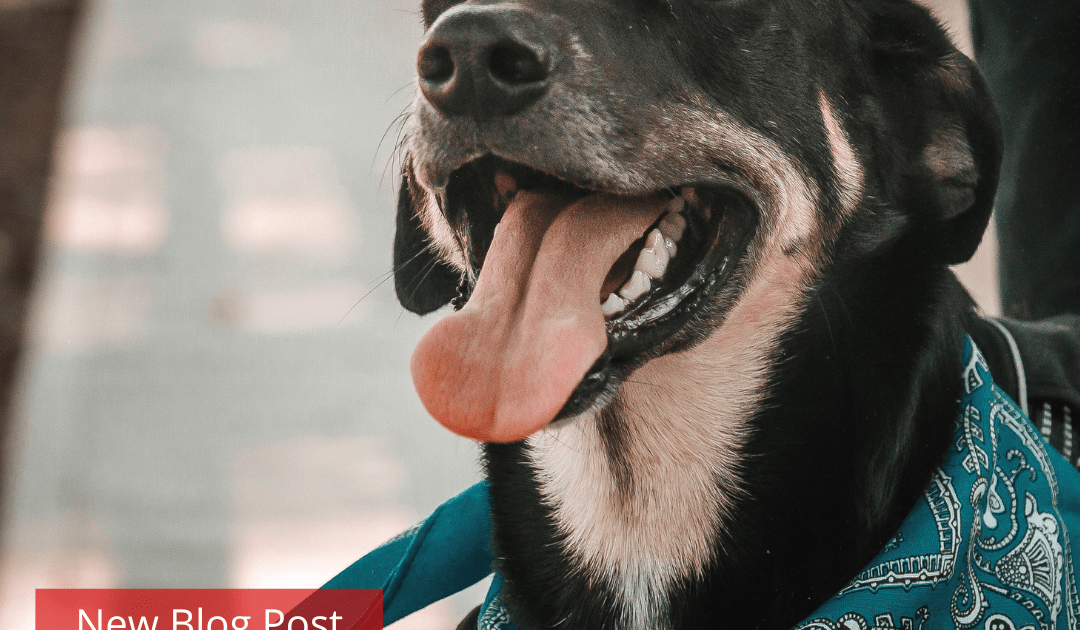From August 11-15, I had the pleasure of attending the virtual Global Animal Nutrition Summit. This event highlighted valuable nutrition research from incredible people all over the world. Although I wish I could highlight every presentation given, below are a few things I learned during this international conference, more to follow later this week!
Graduate Student and Resident Day
1. It is important to develop a healthy relationship with your computer.

Kathy Sommers, from the Stress Management and High-Performance Clinic of the University of Guelph, informed the attendees that if we are spending more than 3-4 hours a week at a keyboard device, we may be putting our bodies at risk for strain and serious health conditions.
She explained that there are 7 key risk factors that need to be taken into consideration when developing a personal action plan for a healthy relationship with your computer. One of these risk factors was ergonomics. When we think of ergonomics, we often think of sitting upright at our screens, with proper chair and keyboard placement. Although this is part of it, she also reminded us that a poor work environment and tension in the shoulders and neck are important to consider.
In terms of work environment, factors such as lighting, noise and air quality need to be taken into account. On the same note, task interruptions, workload and emotional demand are also very important. Kathy cited that individuals experiencing a poor physiological work environment had three times the risk of developing neck and shoulder pain as those with a good work environment.

Aches and pains can stem from another important risk factor, body awareness. We were reminded that sometimes we can forget how much tension we are holding in our bodies as we become immersed in the tasks we are performing on our screens. We must become aware of our breath. Are we holding our breath? Are we breathing too quickly? We should also be more aware of how we position ourselves. Are our shoulders raised? Is our jaw clenched? Kathy cited that an 18% increase in muscle tension can lead to an 80% reduction of blood flow into those muscles.
2. There is a significant gap between what we know and what we do.
Elizabeth Shantz, Knowledge Mobilization Manager for the Research and Innovation Office at the University of Guelph, reminded graduate students and residents that “Knowledge mobilization does not happen organically. It is a process that is made to happen through upfront planning and careful communication.”
Her presentation focused on how graduate students and residents could extend the reach of their research results for different audiences.
Elizabeth reminded us that research mobilization is important in order for the right individuals to make the best use of your findings. For example, she cited that within the medical field, it can take up to 17 years for new research to reach clinicians on the front line. As for the general public, it can take up to 30 years to make it to them. These findings are evidence that there is a gap between what we know as scientists, and how this knowledge is used in society.
How do we bridge this gap? Elizabeth suggested that, “We need to understand what barriers the specific audience we are trying to reach might face, and to try to overcome those barriers”. Some things she suggested within her presentation included, making research open access and easy for your audience to find. She also suggested providing short and concise summaries and using plain language wherever possible.
Elizabeth suggested considering the following relevant questions when looking to share your research: who your audience is, why they care, what information you will share and the format you will use to deliver it.
Scientific Program
3. COVID-19 has caused profound effects on our food systems.
Dr. Evan Fraser, Director of the Arrell Food Institute at the University of Guelph, started the first keynote speech of GANS2020 by briefly leading attendees down memory lane. He urged us to think back to March, when grocery shelves were left empty due to widespread panic buying. He reminded us all how the closing of our favourite restaurants had led us to developing a new love of baking and cooking at home. And while we were all searching for flour and yeast to purchase, other food products such as potatoes were going to waste.

Our food systems suffered through the closing of restaurants and the restructuring of our food supply chains, leading to tremendous economic hardships for many but also food waste. However, Dr. Fraser also discussed the third big impact that COVID-19 had on our food systems; it’s impact on labour.
Dr. Fraser reminded us that many farms rely on temporary migrant workers, who were unable to travel to Canada, or unable to work before the harvest was ready. He also discussed the physical configuration and high degree of concentration of individuals at meat packing plants.
‘These locations had become hot beds for COVID. At one point, three quarters of Canada’s beef processing was shut due to the pandemic. Overall, these two issues, the meat packing plants and the temporary foreign workers, to me reveal a profound irony. Some of the people we depend on the most for our food security, those people who keep our food system functioning in a real and immediate way, are among the least paid, the most exposed to unsafe conditions and have the most precarious employment and immigration status.”
To be continued!
Written by Alexandra Rankovic BScH, MSc, PhD Candidate, Department of Biomedical Sciences, Ontario Veterinary College, University of Guelph.
Reviewed by Adronie Verbrugghe, Sarah Abood and Shoshana Verton-Shaw.


